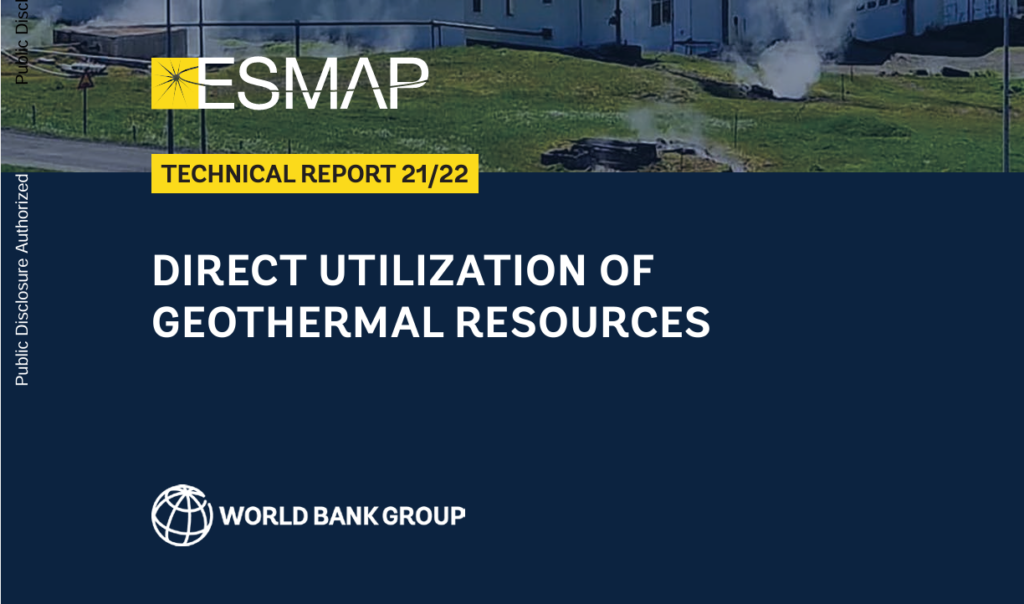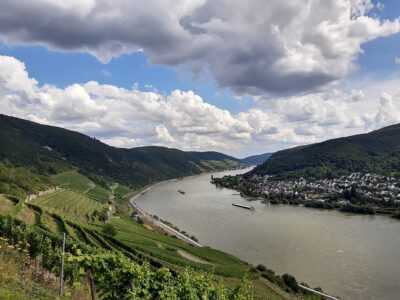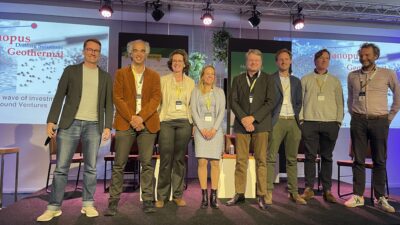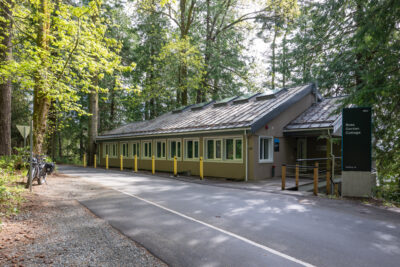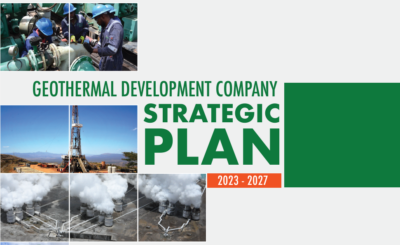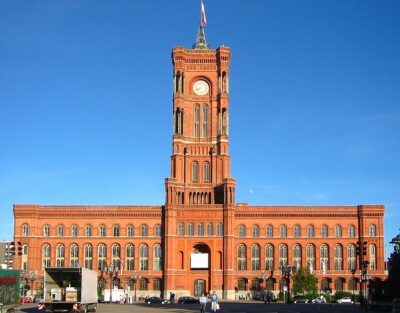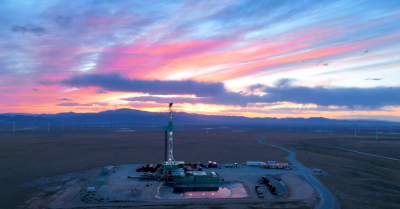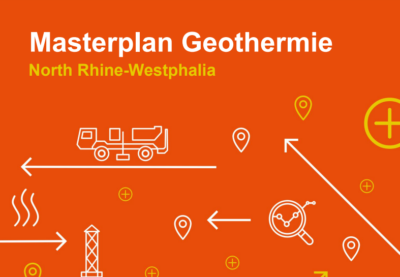ESMAP highlights benefits, enabling environment for geothermal direct use
A previously published report by ESMAP highlights the opportunities, benefits, applications, and enabling conditions for geothermal direct use projects.
In November 2022, the Energy Sector Management Assistance Program (ESMAP) under the World Bank published a detailed report on the benefits, examples, enabling environments, and project development process of geothermal direct use (GDU) projects. Although more than a year old, the report is nevertheless an excellent guide for maximizing the value of geothermal resources through direct-use applications.
Current status
As of the date of publication of the report, the global installed capacity of GDU for heat was 107 GW, 40% of which is in China. The installed capacity for GDU had increased by over 50% from 2015 to 2020, indicating growing momentum in this market. A large portion of the installed capacity is accounted for by space heating and cooling (75%) followed by bathing and swimming (18%), with other applications accounting for the rest (7%).
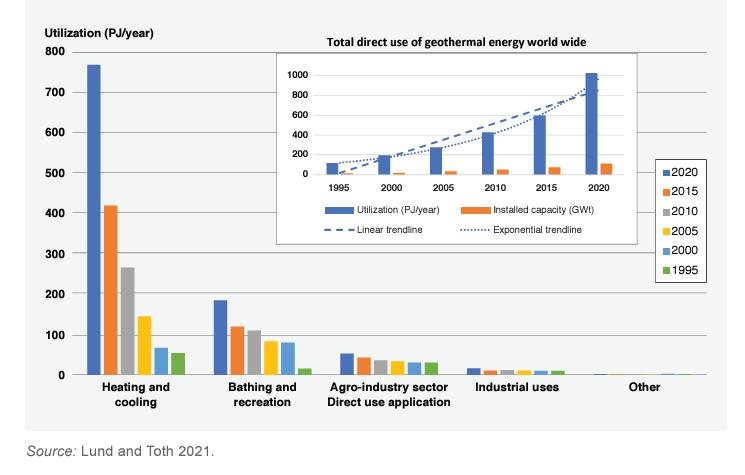
As of 2020, 88 countries reported direct utilization of geothermal energy in the amount of 1 million terajoules per year, equivalent to displacing some 600 million barrels of equivalent oil and over 250 million tons of CO2 annually.
Socioeconomic benefits
GDU is also recognized for providing other benefits such as energy security and support for diverse end-use sectors. GDU fulfills multiple SDGs as follows:
- Zero hunger (SDG 2) through its us ins greenhouse agriculture, aqua culture, food preservation, and soil warming;
- Gender equality (SDG 5) by providing employment, training, and entrepreneurial opportunities that can benefit woman as well as men, often at a local level;
- Decent work and economic growth (SDG 8) by either providing heat input for the production of goods, as a resource for the service industry (thermal spas and tourism), or as a source of valuable minerals and gases.
- Industry, innovation, and infrastructure (SDG 9) by creating or expanding local enterprises through, for example, industrial parks that maximize the value of geothermal resources.
- Affordable and clean energy (SDG 7), sustainable cities and communities (SDG 11), responsible consumption and production (SDG 12), climate action (SDG 13), by providing a clean and renewable sources for heat as a replacement for fuels that emit greenhouse gases.
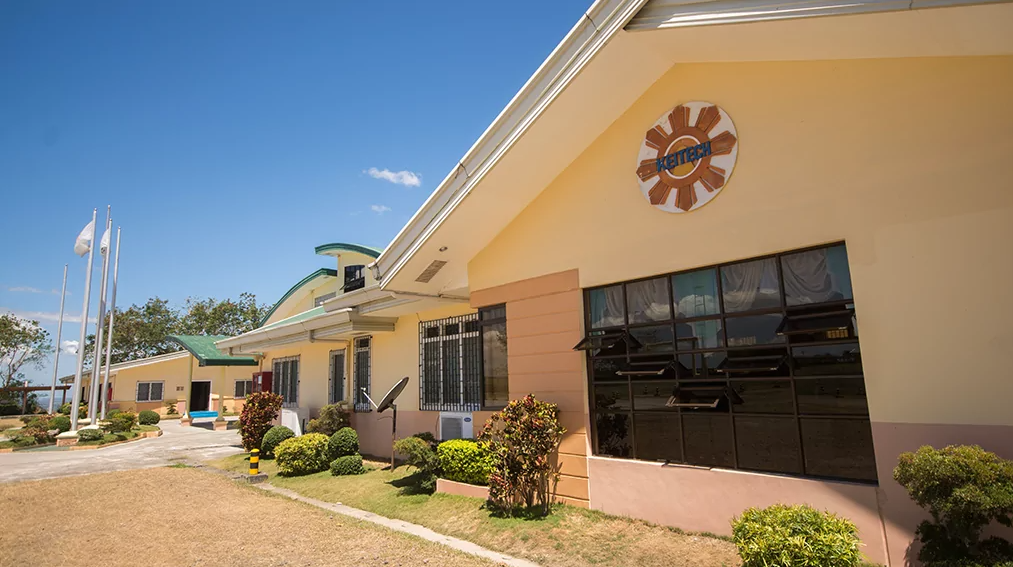
GDU applications
Unlike geothermal power generation, which requires medium- to high-temperature geothermal resources, direct-use applications exist for a wide range of low to medium temperatures. The report categorizes GDU by sector: space heating and cooling, agriculture and agro-industry, industrial uses, and bathing and recreation.
Space heating and cooling provides comfortable temperature conditions amidst daily and annual climate patterns. While there are numerous examples of geothermal district heating, there are still relatively few geothermal district cooling systems. However, ground source heat pumps, which have much broader applications are also being installed mostly for the heating and cooling of household and buildings. Another notable example under this sector are geothermal snowmelt/deicing systems.
Agriculture and agro-industry sector classifies the use of geothermal in three categories – horticulture, aquaculture, and agro-industrial processes. Agro-industrial processes are the methods used to further prepare food products for the market, such as drying, pasteurizing, sterilization, evaporation, and distillation.
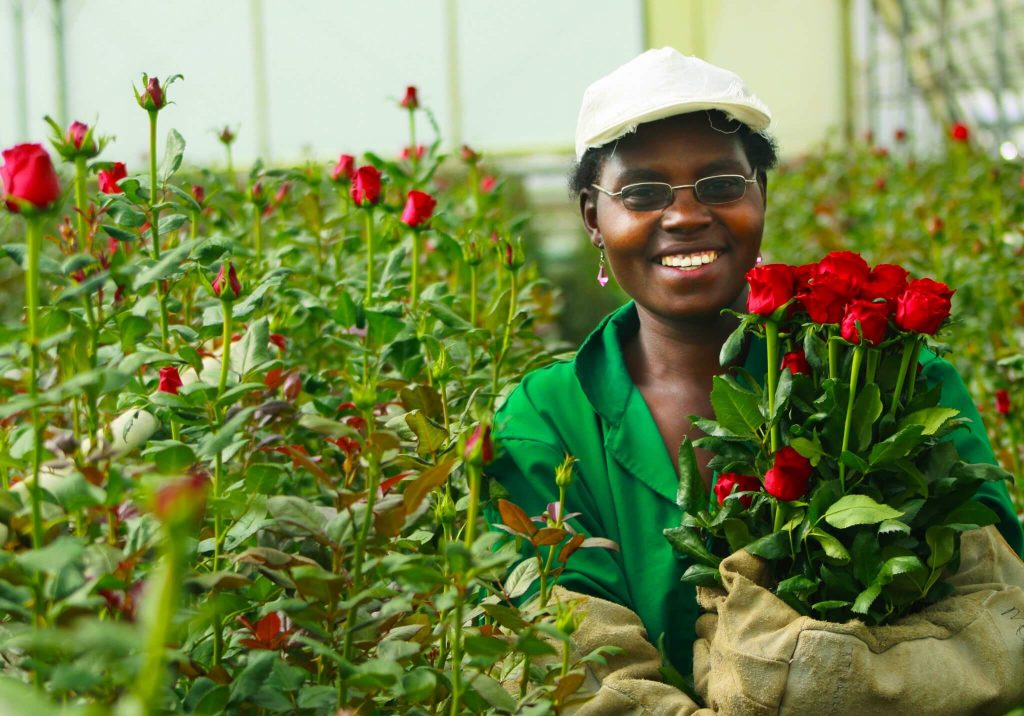
Industrial uses encompass a rather wide range of applications, requiring fluid at low, medium, and higher temperatures to preheat, wash, evaporate, distill, separate, dry, or even chill (via heat pumps or absorption coolers). These include the extraction of minerals and gases from geothermal resources.
Bathing and recreation in areas with geothermal features are attractive for leisure and tourism. Geothermal bathing and swimming facilities have long been established in local cultures, some since ancient times (e.g., Turkey, Iceland, and Japan). Fluids often hold dissolved minerals, some known for their potential therapeutic properties.
An enabling environment for GDU
Even in cases where a suitable resource is available for needed applications, the viability of GDU projects depends on an adequate enabling environment. This requires support from public and private stakeholders, including local communities that are adjacent to geothermal resources and that can benefit from their development.
The report considers four pillars to be essential in creating an enabling environment for GDU projects:
Geothermal knowledge is crucial not just for GDU but for overall geothermal utilization. This encompasses the information on a country’s geothermal resources including geological data, estimated volume, and composition of geothermal fluids, among others. Coupled with information on potential markets, this helps in evaluating the feasibility of GDU projects.
Supportive government policies can influence the undertaking of GDU projects in their territories. These can be in the form of risk-sharing mechanisms that protect private entities during the exploration phase or low-interest loans that allow for a lower acceptable return on investment. Governments must also consider the non-financial benefits of GDU applications such as energy security and GHG emissions reduction in crafting policy goals for their investments.
A legal framework favorable to GDU ensures a transparent, cohesive, and reliable environment for the development of the geothermal sector in general and in direct use in particular. The legal framework should encompass the following aspects: definition of geothermal resources; clear ownership and access rights; licensing, permits, and fees; institutional jurisdiction; clear delineation of resource management principles and responsibilities; and environmental regulations.
Social acceptance and community support is essential, particularly in the communities near geothermal areas that may be affected by various aspects related to the development and operation of a project. It is therefore generally good practice to include the local community and its organizations early in the development of a project and to conduct extensive public consultations. These can focus on the many benefits of GDU, such as a better quality of life, improved job opportunities, and a healthier society.
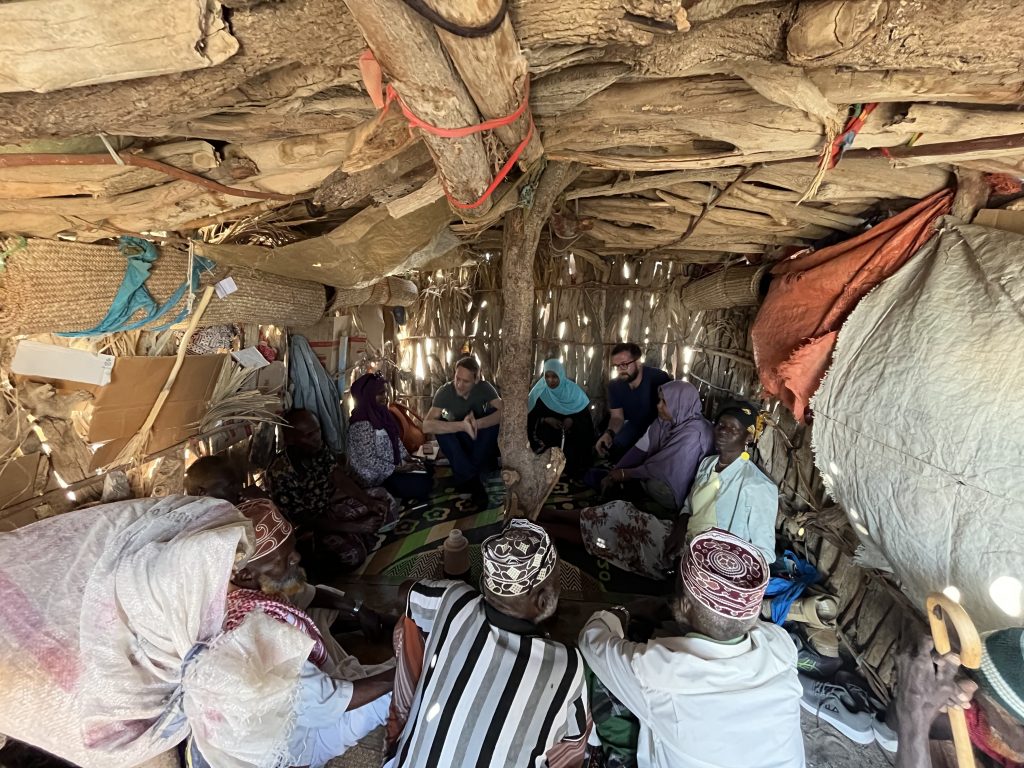
Source: ESMAP
